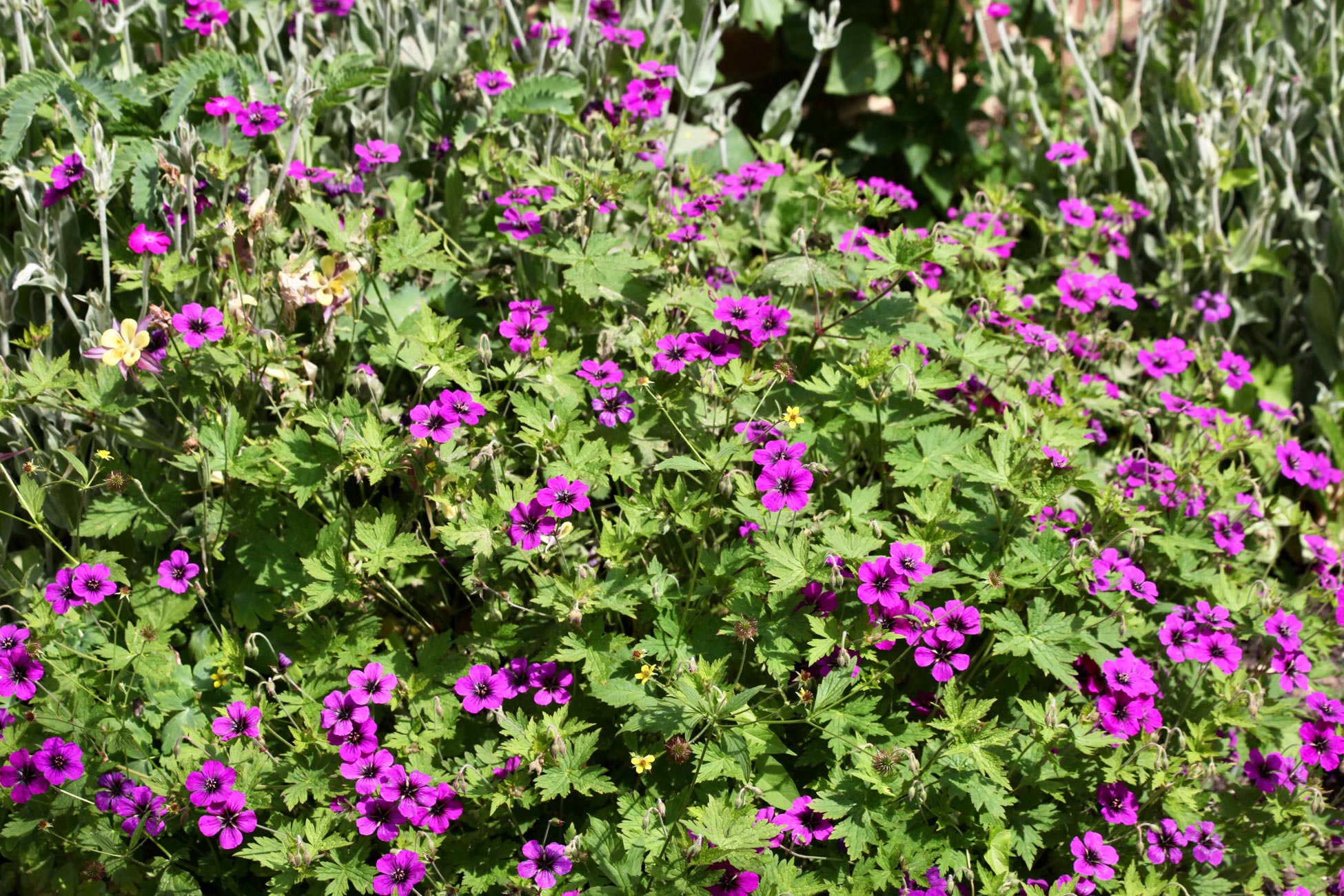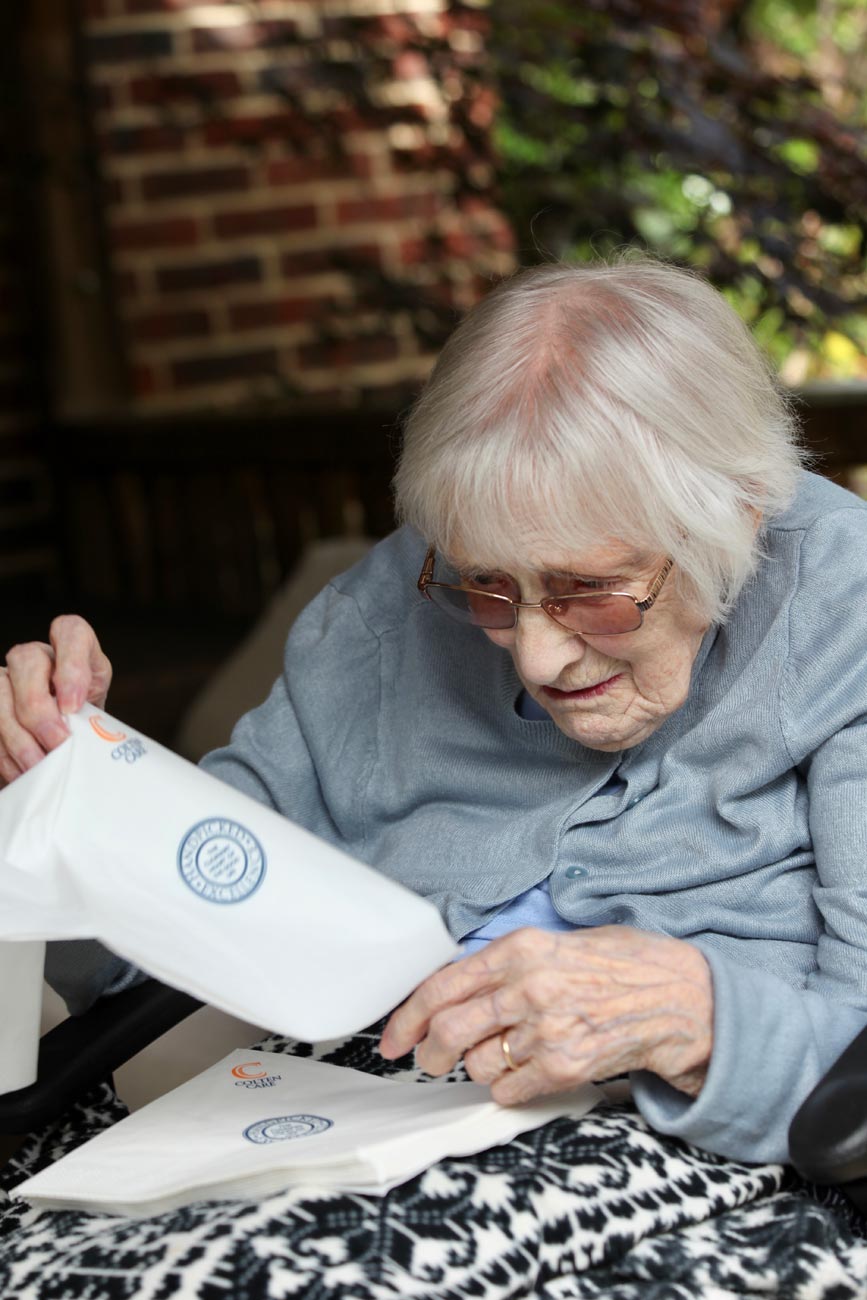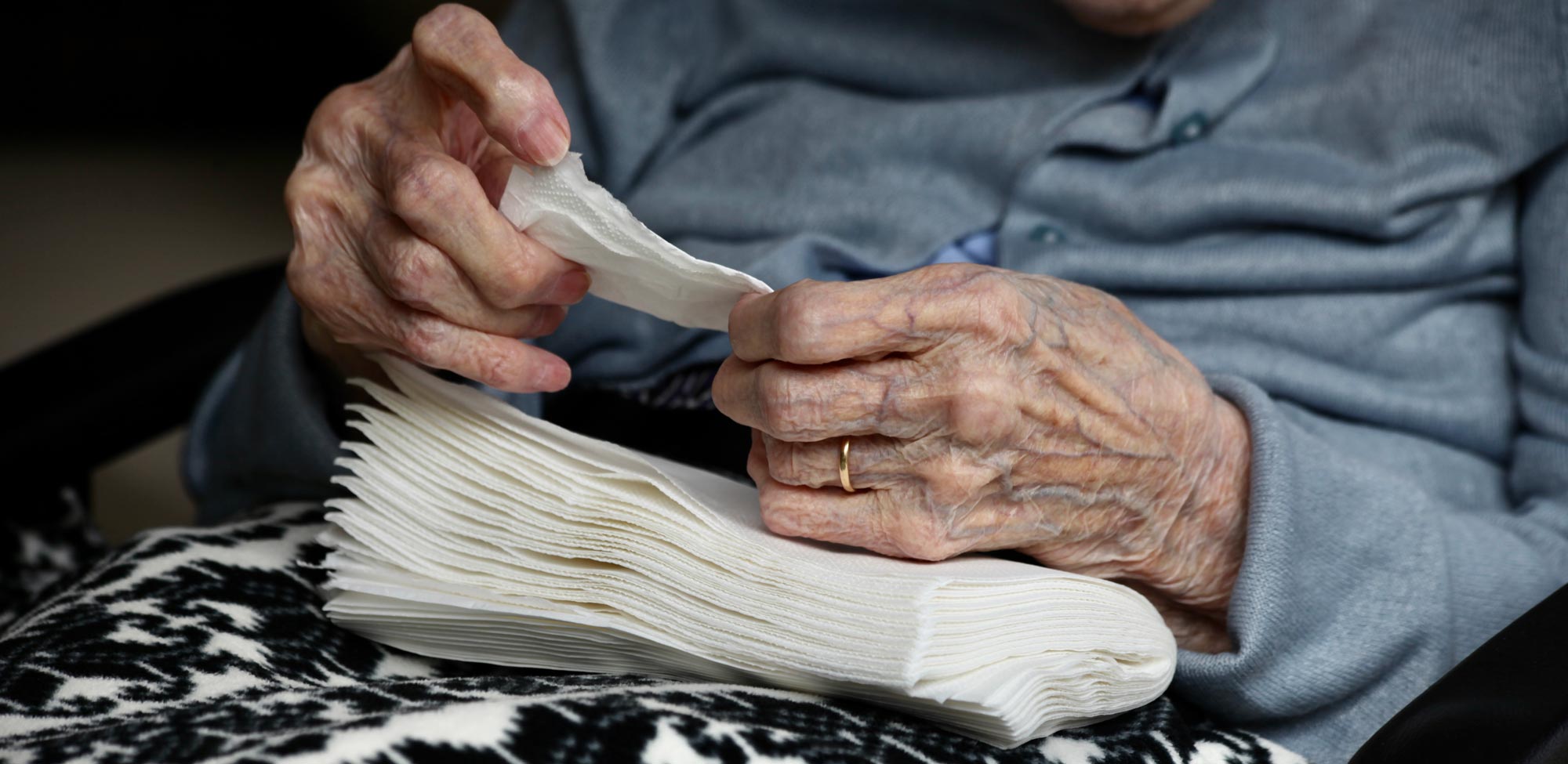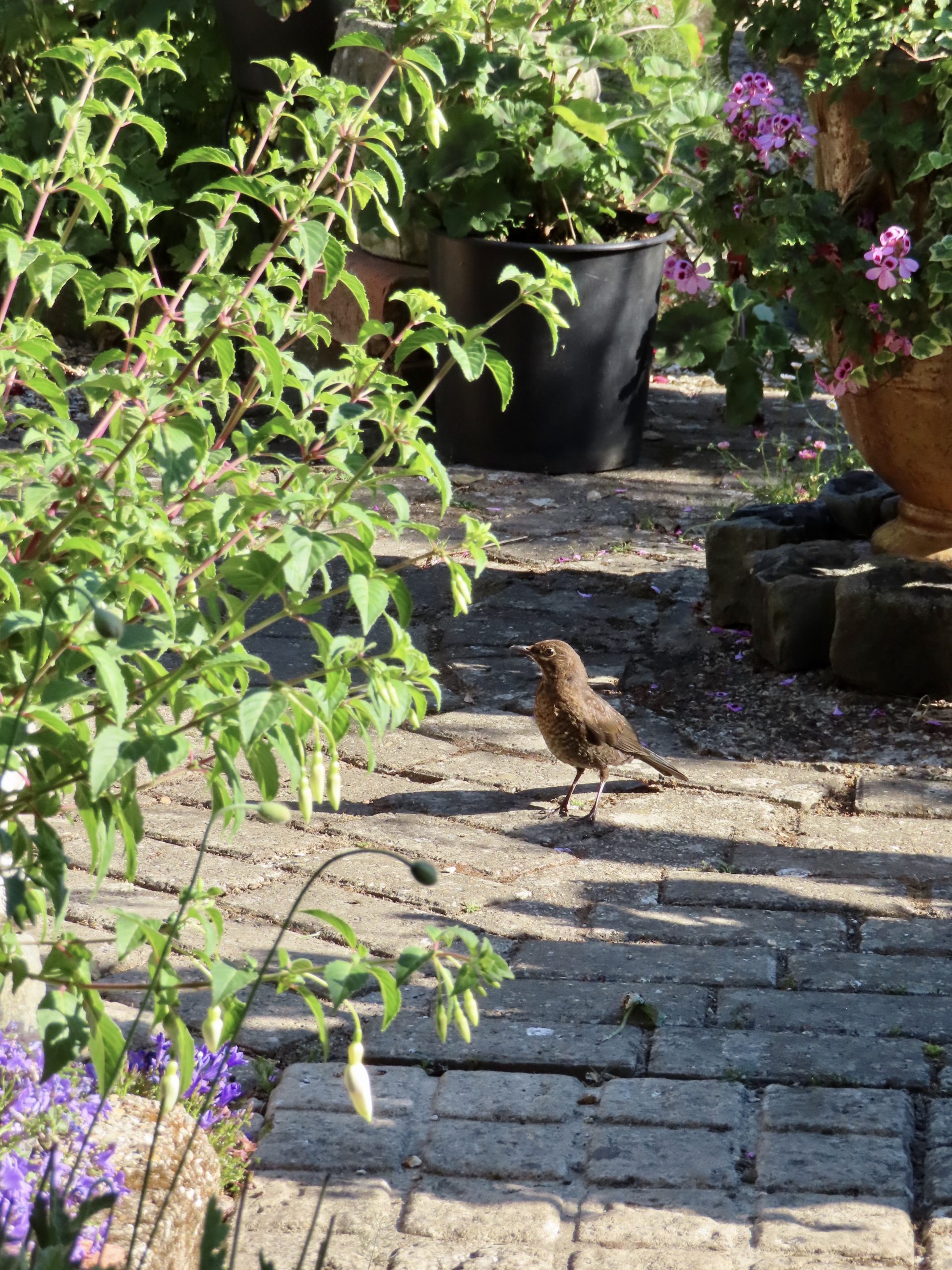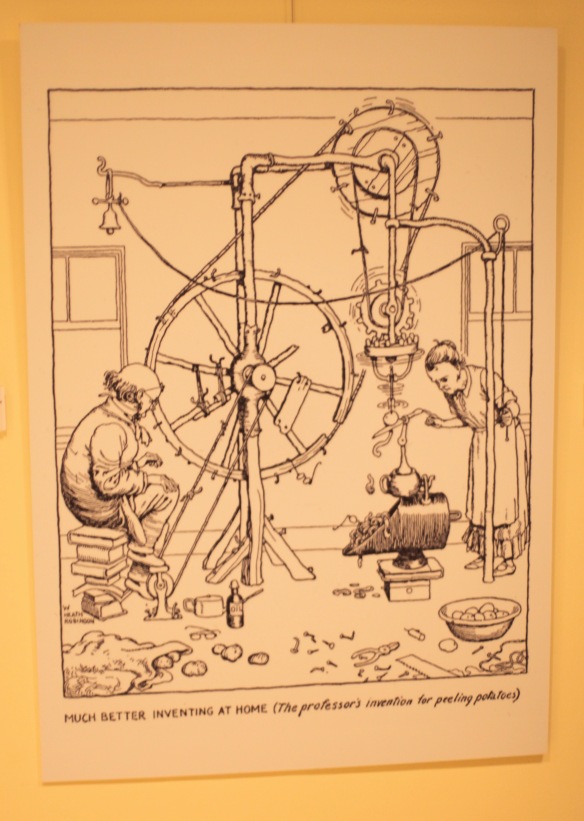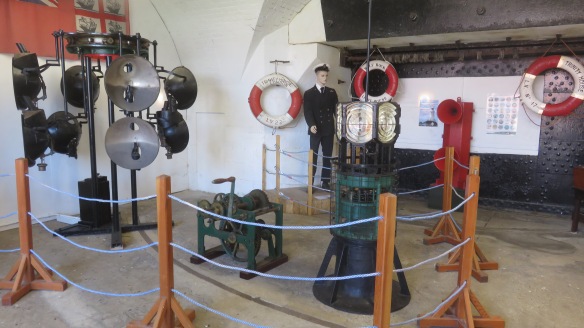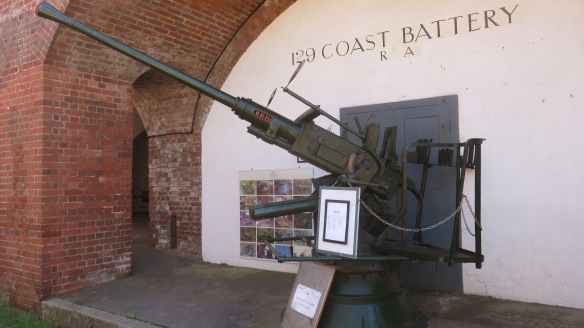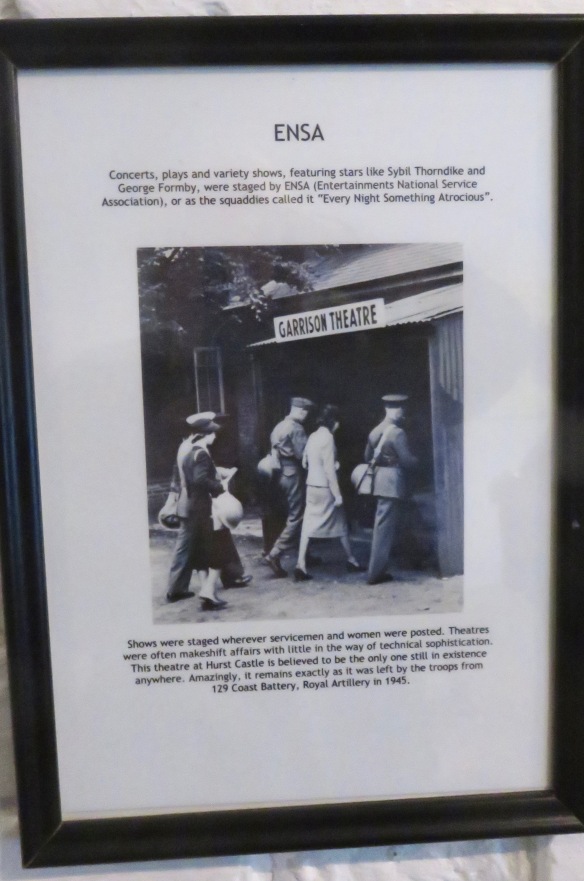The Head Gardener has renamed what I have been calling the Kitchen Bed because it runs alongside that room. It has become
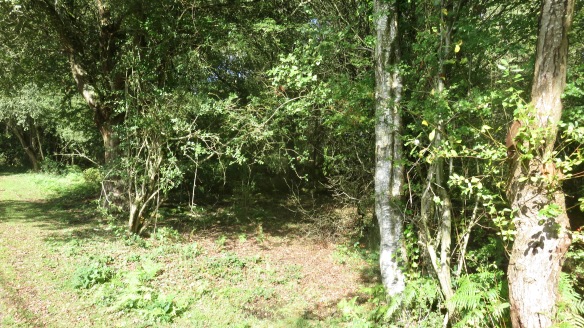
the Pond Bed because it sprawls across a sunken pond filled in by our predecessors. At the western corner stands the frog pond created from an old cistern; at the eastern end

the Waterboy fountain. The Waterboy was found in bits in the undergrowth at the far end of the garden. Now he provides drinking water for thirsty birds, and a backdrop for

diurnal poppies.

Some of the bronze fennel in the first picture is flanked by the now ubiquitous Erigeron.
The Head Gardener, during her husbandry today, produced all the photographs in this post. We have images of

camassia,

bluebells;

a hyacinth,

lithodora,


and clematis of similar hue.

Blue solanum spreads over this arch spanning the Brick Path.

heuchera leaves,


aquilegias or columbines,


and rhododendrons, in various shades of red.


Tulips, especially


Queen of the Night, continue to attract.

Honesty and a New Zealand flax

can be seen sharing a berth beyond the Weeping Birch Bed.


Daffodils,


including those named after a Pheasant’s Eye, continue happily to bloom,

as do the various colours of cyclamen.

Orange Flash marigolds accompany lilac diasica.

Comfrey and

geraniums hang well together.

This hydrangea now spins a fine web.

Spirea Pink Ice has responded well to nurturing,

as have all the pelargonium cuttings in the greenhouse.

Just how much food can this rapacious blackbird carry off?
While Jackie was tidying the pots on the decking she was aware of Nugget’s presence, but not sure where he was.

She therefore moved a container exposing a collection of luscious worms.

It took her robin familiar about twenty seconds to alight. “Where’s Nugget?” (71)

and “Where’s Nugget?” (72). Bigification will probably be essential for these puzzles, but the second is rather easier.
Were it not for the fact that I carry out the task of uploading all these pictures and putting the post together with the explanatory text, I would probably be redundant by now.
This evening we dined on Jackie’s spicy hot paprika pork, boiled potatoes, and broccoli, with which she drank Tsing Tao and I finished the Bordeaux.
























































